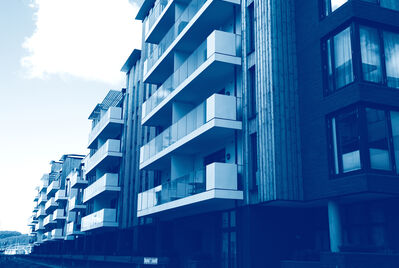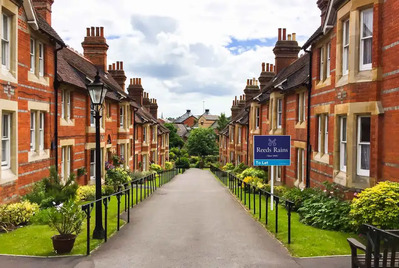
Many landlords invest in Buy to Let with a view to supplementing their pension in later life. And the beauty of property as an investment is that it can deliver competitive financial returns on two fronts: monthly income from rental profits and lump-sum capital returns from either equity release or selling.
In order to maximise those returns, you need to keep rental income as high as possible while minimising costs, and also look after the condition of the property to protect its capital value. At the same time, you need to keep an eye on your levels of profit, capital growth and returns so you can compare them with other types of investment and make sure your invested money is working as hard as possible for you.
With that, here are some key steps to take to ensure your property delivers the best possible returns into your retirement:
Plan ahead
You can only make sure your property investment is on track to deliver your pension if you know what kind of pension you need and want. So, plan ahead and work out exactly how much you’re going to need, in terms of income and/or a lump sum, and when. For this, it can be helpful to work with a financial adviser or wealth manager, who is qualified and regulated to assess projected returns for different investment plans and pensions.
Make sure both the rental income and capital value are increasing at least in line with inflation
Over the last 20 years, inflation has run at an average of around 3% a year. Obviously, there will be fluctuations from year to year and capital values are more susceptible to these than rents, but if you can increase the rent by 3% annually, overtime, and check the property’s value every 12 months, you should be able to see whether your investment is keeping up with, and ideally outperforming inflation over time. If it is, great; if not, come and speak to us to find out whether another rental property could perform better for you.
Check the level of return you’re getting every 6-12 months
If you’ve invested in property for your pension, you need to make sure it’s performing better than a more traditional financial pension scheme would have. To calculate your overall (pre-tax) return on investment, take the annual rental profit plus annual growth in value and divide it by the amount you’ve invested into the property (deposit, refurbishment and furnishing costs, buying costs, etc.).
For example:
If you invested a total of £40,000, have a rental profit of £5,000 a year and the property has increased in value by £5,000, that’s £10,000 ÷ £40,000 = 25% gross return.
Bear in mind that when you come to dispose of the property, there will be selling costs and probably capital gains tax to pay. All investment return comparisons should be net of tax.
Maximise your rental income
In order to get the best tenants, who will pay a good market rent, you’ve got to provide the kind of accommodation and facilities they’re looking for and keep the property in very good condition. If you’ve been a landlord for some time, have you kept up to date with what today’s tenants expect? Contact your local branch to find out about current and likely future demand in the area.
Minimise your costs
While you will have to keep investing money into the property to ensure it remains an attractive rental for tenants and holds its capital value well, it’s important to keep your costs under control. The best way to do that is to put together a maintenance schedule and budget for the next 5-10 years, so you know what you’ll have to spend and when. And make sure you carry out a full interior and exterior inspection every 6-12 months, to help you identify any problems early and avoid getting a problem so big that it’s expensive to fix. Read more in our article, ‘How to spend less on maintaining your rental property’.
If we manage your property for you, we will carry out regular inspections and advise on work to be carried out. This can be really helpful, especially if health and safety rules have changed – for example new electrical checks required from 1st April.
At Reeds Rains, our teams are experienced at helping landlords ensure their investments are as profitable as possible. So, if you’d like any advice on assessing your portfolio and maximising returns, just get in touch with your local branch at any time.
Have you signed up to the Reeds Rains landlord and investor newsletter?
YOUR PROPERTY MAY BE REPOSSESSED IF YOU DO NOT KEEP UP REPAYMENTS ON YOUR MORTGAGE.
Your initial mortgage appointment is without obligation. Embrace Financial Services normally charge a fee for their services; however, it is payable only on the submission of your mortgage application. The fee will depend on your circumstances but the standard fee is £599. Complex cases usually attract a higher fee. Embrace Financial Services will discuss and agree the fee with you prior to submitting any mortgage application.
Please be aware that the information provided within these archives has been pre-published, as of the date published on each article. The information contained within, including references to taxation, legislation, regulation, or any other issues or concerns may no longer apply.
The Reeds Rains Content Marketing Team



